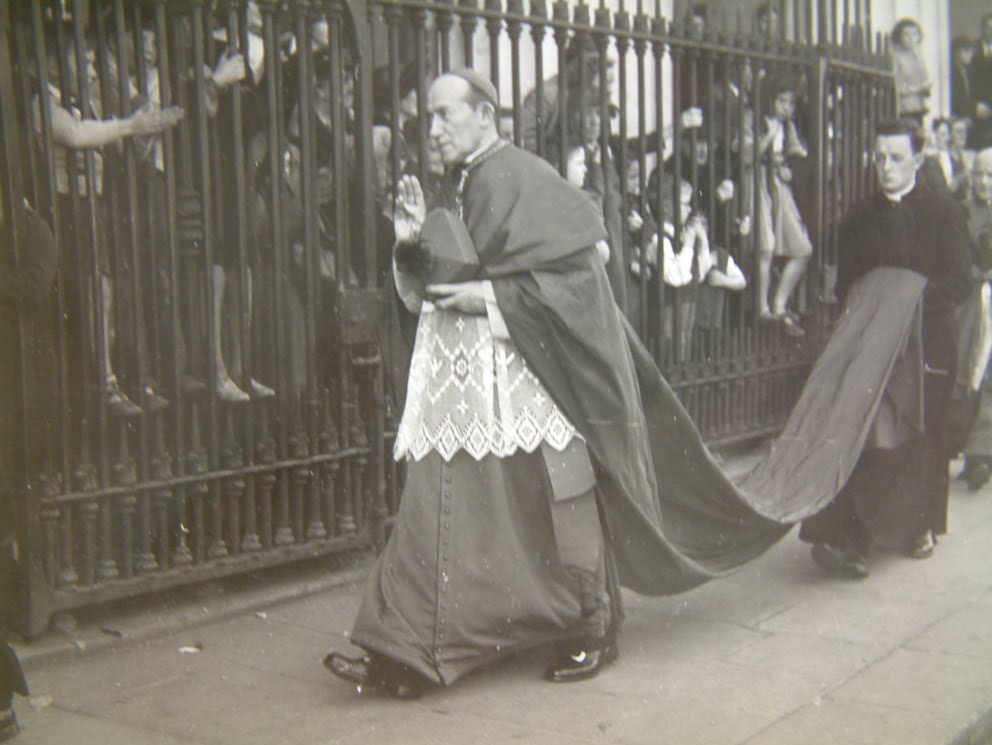I love this image from the Beatus Facundus, it is a simple theological statement as bold as the colour scheme of this extraordinary theological work. It simply says Mary is in heaven clothed with the sun, standing on the moon and adorned by the stars.
The woman with the moon under her feet and the dragon has more significance in the Iberian peninsula that was struggling with the liberation of Spain during the lengthy reconquest period, which was fueled in part by the expectation of the second coming as the end of the first millennium drew near.
It comes from that period when East and West had a common theology.
The double page illustration adds depth: God has rescued her. Though the dragon seeks her destruction it is held at bay by angels, who will eventually subdue Satan.
 Looking at these illustrations there is sense that they are concerned about theological fact: Mary, the Woman is in Heaven. They are not concerned with the mode of her transferal but with the statement of what scripture states, In comparison the artistic depictions of the Assumption from Trent onwards and even Munificentissimus Deus seem a little effeminate, even prissy, little wonder another priest can speak of the definition of Pius XII as 'radical austerity, the innovative agnosticism'.
Looking at these illustrations there is sense that they are concerned about theological fact: Mary, the Woman is in Heaven. They are not concerned with the mode of her transferal but with the statement of what scripture states, In comparison the artistic depictions of the Assumption from Trent onwards and even Munificentissimus Deus seem a little effeminate, even prissy, little wonder another priest can speak of the definition of Pius XII as 'radical austerity, the innovative agnosticism'.Although the story of an Apostolic Funeral following Our Lady's passing is charming, and illustrates well Our Blessed Lady's death, it is obviously an illustration of and not root of the doctrine of the Assumption. This comes from the New Testament Apocalypse 11:19, where John says, 'Then God’s temple in heaven was opened, and within his temple was seen the Ark of his Covenant. And there came flashes of lightning, rumblings, peals of thunder, an earthquake and a severe hailstorm'. He then speaks immediately aftewards of, "the Woman", who is obviously Mary, and yet is also the summation of all the women of the Old Testament. Mary is the ark who contains not the symbols of the Old Covenant; the manna, the tablets of the Law and Moses' staff but the bread come down from heaven, the Law writ on a heart of flesh and not the symbol of Moses' authority but the source of it.
If we are to have a truly Christian faith, we must learn to love Mary as did Christ and the Apostles, and give her the same honour she is given in the New Testament.



